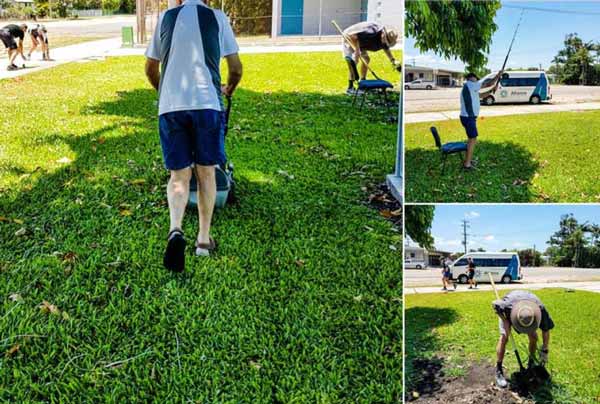Do you lack motivation to complete what you want? Try these 10 steps to assist achieving better outcomes.
Let’s face it, making a change and maintaining motivation to continue is challenging and involves biological, emotional, social, environmental and cognitive forces to activate this behaviour. However, when you achieve your meaningful goals and succeed in developing motivational strategies, this can be an empowering and exhilarating moment. If you are wanting to make a change and find strategies to assist achieving your goals, try the following 10 steps.
1. Education
Understanding the benefits behind the change you are about to make (Starting exercise, quitting smoking, eating healthier, etc) assists with increasing your knowledge and empowers you to make change.
2. Value Identification
Identify your values that are important to you. These values represent factors that will intrinsically motivate you towards making change. Write down your top 5 values on a piece of paper and answer the following questions for each card.
Why did you choose this value? What do you like about the value you have chosen? Ensure to link your values with your goals to change.
3. Changes previously made
Write down your previous attempts to change your behaviours, successful or not this information will assist you in the change you are about to make.

4. Advantages and disadvantages
Write down and understand the advantages and disadvantages for making this change. This activity assists in further developing those intrinsic motivators while also identifying barriers, such as things that may get in the way. Remember, your barriers are important to write down as you will develop plans to overcome these barriers.
5. Goals
Now the fun begins. Setting a goal is vital in the process of change. Ensure the goal is meaningful to you and not forced or developed by others. To assist with setting a goal look back over your values. Do your goals match your values in life. After formulating a goal, write down the answers to the following questions.
- What do I have to do to achieve my goal?
- Who can assist me on my journey?
- When do I plan do have my goal achieved?
- How will I know I have achieved my goal?
- Achieving my goal will make me feel?
6. Personal weekly schedule
Fill out a weekly schedule of all your current time spent at work/school/family time/other appointments, current physical activities and your regular commitments. This could be grocery or clothes shopping, hobbies or coffee catch ups with friends. Do you have 30mins spare in your day to complete 30mins of moderate-vigorous physical activity? Something to consider is, can you limit your sitting and sleeping time to 23hrs and 30mins and fill in the last 30mins of the day with physical activity?

7. Finding the right activity for you
It is important you identify activities that you are interested in. This may result in increasing your physical activity levels and create a long term and positive change. Download a list of physical activities from the internet and select the ones you may be interested in completing. Remember this is not just competing in sports or attending gyms, these activities are what you want to complete.
8. Planning
By ensuring the activities you have chosen are right for you, begin developing a plan for each activity you have chosen. List down some short and long-term strategies that may assist with continuation of the activities. The questions to answer may include:
- Do the activities fit in with my values?
- How will this fit into my current schedule?
- Is there a cost associated to the activity?
- Do I need a support person, or can my family join in to complete the activities with me?
- Identify the potential barriers and facilitators of each activity. Ensure to complete a plan to overcome these barriers though.
9. Importance and confidence
Write down next to each activity you have identified and completed a plan for “how important it is for me to complete (0-10) and how confident am I that I will achieve this activity (0-10). If you find during this activity barriers arising it may assist to write down some strategies for resolving these barriers.
10. Maintenance and relapse prevention
This strategy is vital for ensuring you continuing working towards developing change. It will identify what you find effective to manage the change you have made. Think of it like your very own go to tool box of strategies when situations get in the way. This may include general situations such as weather or illness or it might be your specific situations that may arise.
Contact Us
For more information on how we can assist you with achieving your desired rehabilitation outcomes, contact us on 07 4772 1219 or email to reception@alliancerehab.com.au

